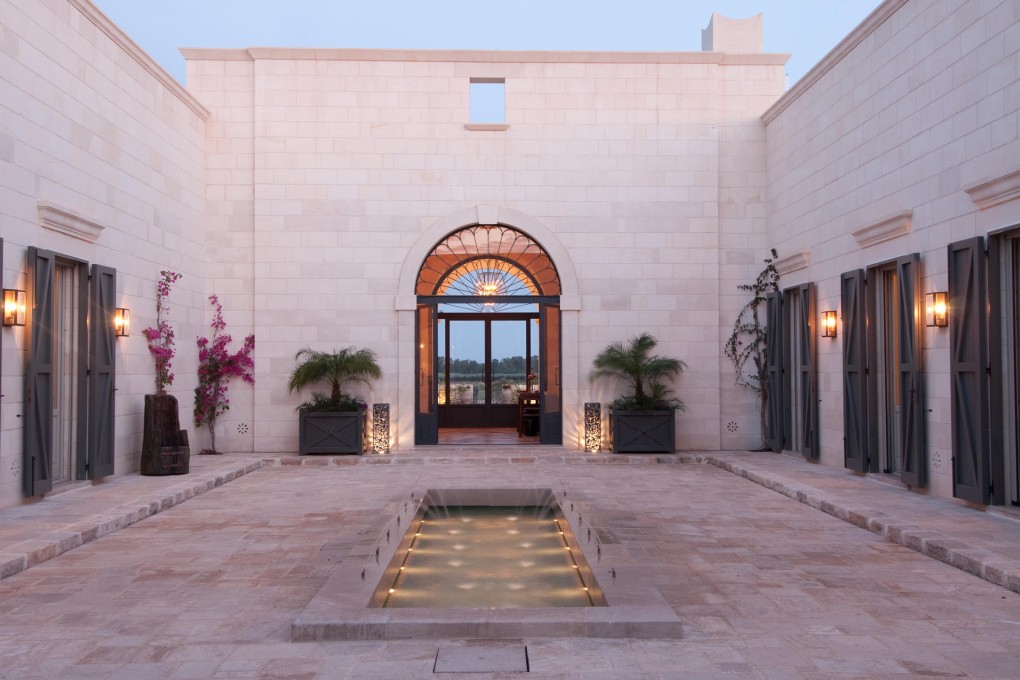Italian firm Essentis breathes life into dying art with traditional farmhouses
Company based in Puglia region has gained international reputation for trademark use of the local stone and centuries-old building techniques

The typical star- and barrel-shaped vaulted stone ceilings of traditional Apulian architecture are a sight to behold.
Each piece of the pale and soft local pietra leccese and tufo (limestone and sandstone respectively) required to make it are cut by hand and placed so the ceilings can stay in place without the use of mortar.
"Until about 20 years ago there used to be lots of stonemasons who had the ability to do this type of thing," said Francesco Carlucci, who builds luxury contemporary masserie courtyard farmhouses in the southern Italian region of Puglia.
"The big problem is now most of them are retired."
As Carlucci speaks he points to the vaulted ceilings of a typical masseria his company, Essentis, is building in the Salento region of Puglia. Osvaldo Sicuro, one of the stonemasons, brings out a page of calculations that go into working out stone shapes and how the pieces rest on each other to create harmonious patterns.
"First we have to study and then we can actually do the work," he said.